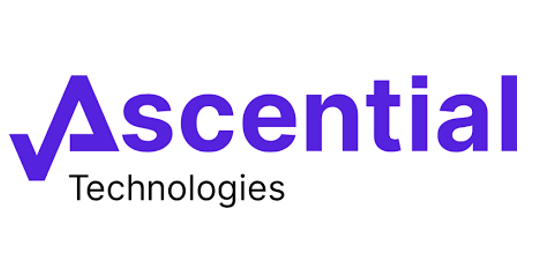Leveraging exclusive survey data and expert analysis, the report provides a comprehensive look at key trends, challenges and opportunities shaping the future of medical and life sciences manufacturing. It also offers practical advice and solutions for organizations looking to drive innovation and operational excellence today.
- Automation Adoption is Growing but Faces Integration Hurdles – While 69% of survey respondents have implemented some form of automation, only 9% have fully integrated it across their operations.
- Regulatory Challenges Continue to Hinder Commercialization – 42% of respondents cite regulatory compliance as the top barrier to commercializing medical products.
- Personalized Medicine is a Rising Challenge – Almost 31% of survey participants identified personalized medicine as the most challenging manufacturing trend in 2025.
- Reshoring Efforts Face Economic Barriers – 56% of respondents identified high labor and operational costs as the primary obstacles to bringing manufacturing back to their home countries, a critical concern given uncertainties around tariffs.
- By combining technology evaluation, scalability planning and continuous improvement, manufacturers can overcome commercialization obstacles.
- With highly tailored solutions, medical and life sciences companies can embrace automation at their own pace, ensuring success in an increasingly automated industry.
- The future of supply chain optimization lies in regional supply chains, not solely in reshoring. Positioning operations near key customer hubs and embracing a nearshoring approach can balance cost efficiency with risk mitigation.




